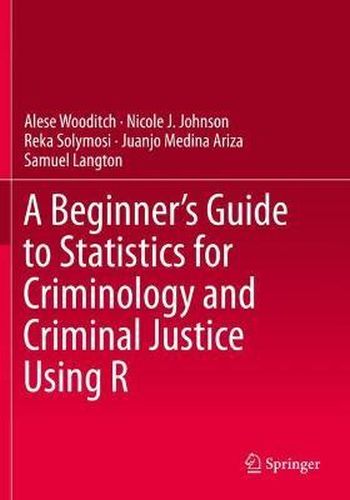
This book provides hands-on guidance for researchers and practitioners in criminal justice and criminology to perform statistical analyses and data visualization in the free and open-source software R. It offers a step-by-step guide for beginners to become familiar with the RStudio platform and tidyverse set of packages.
This volume will help users master the fundamentals of the R programming language, providing tutorials in each chapter that lay out research questions and hypotheses centering around a real criminal justice dataset, such as data from the National Survey on Drug Use and Health, National Crime Victimization Survey, Youth Risk Behavior Surveillance System, The Monitoring the Future Study, and The National Youth Survey. Users will also learn how to manipulate common sources of agency data, such as calls-for-service (CFS) data. The end of each chapter includes exercises that reinforce the R tutorial examples, designed to help master the software as well as to provide practice on statistical concepts, data analysis, and interpretation of results.
The text can be used as a stand-alone guide to learning R or it can be used as a companion guide to an introductory statistics textbook, such as Basic Statistics in Criminal Justice (2020).